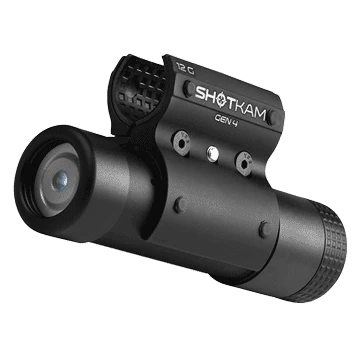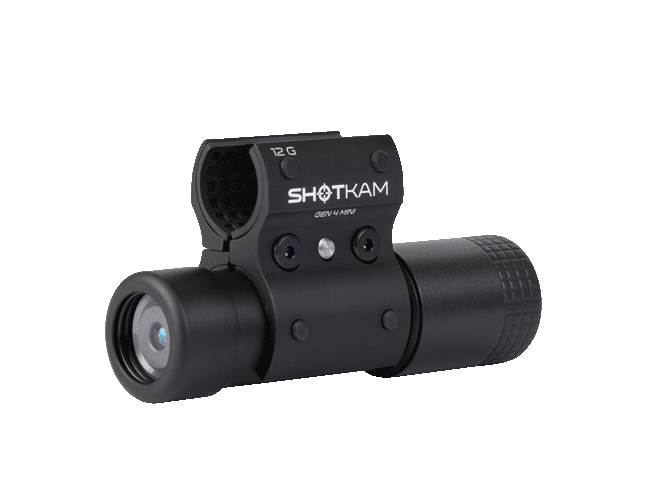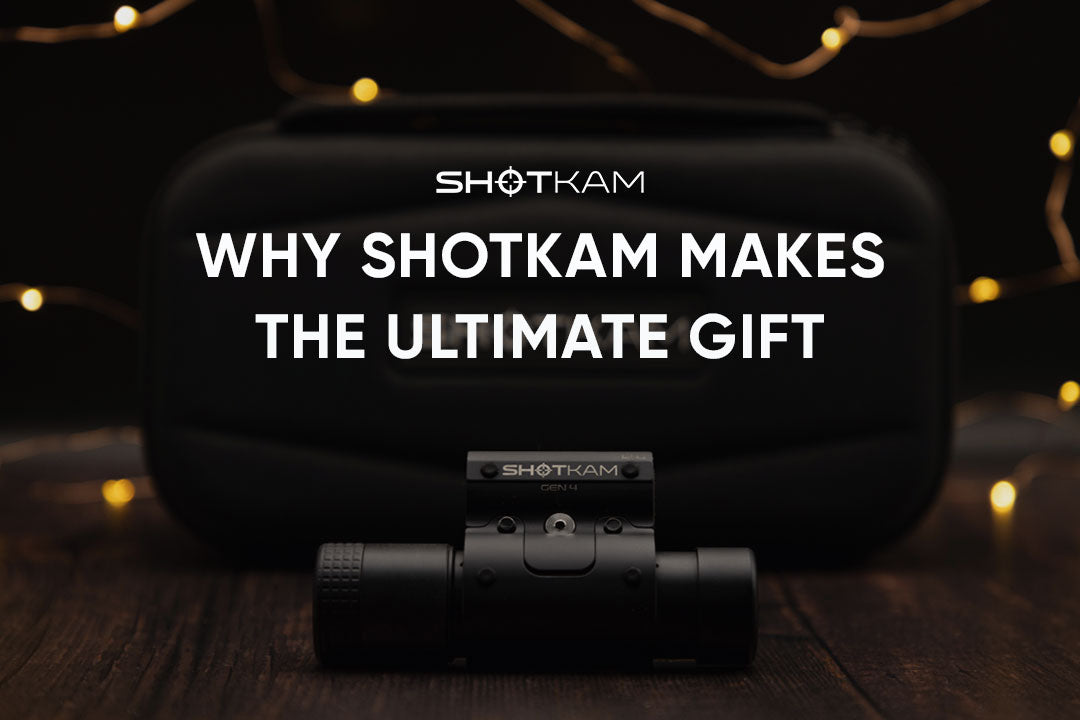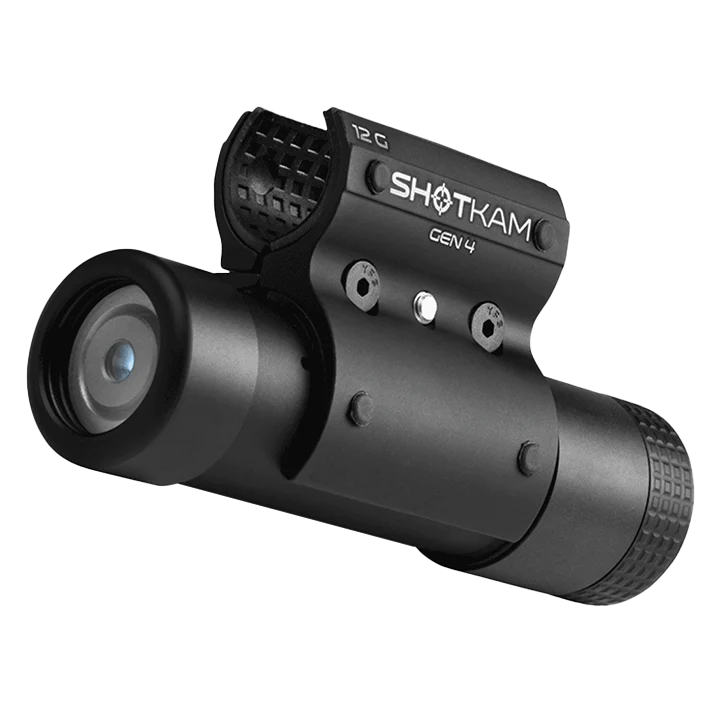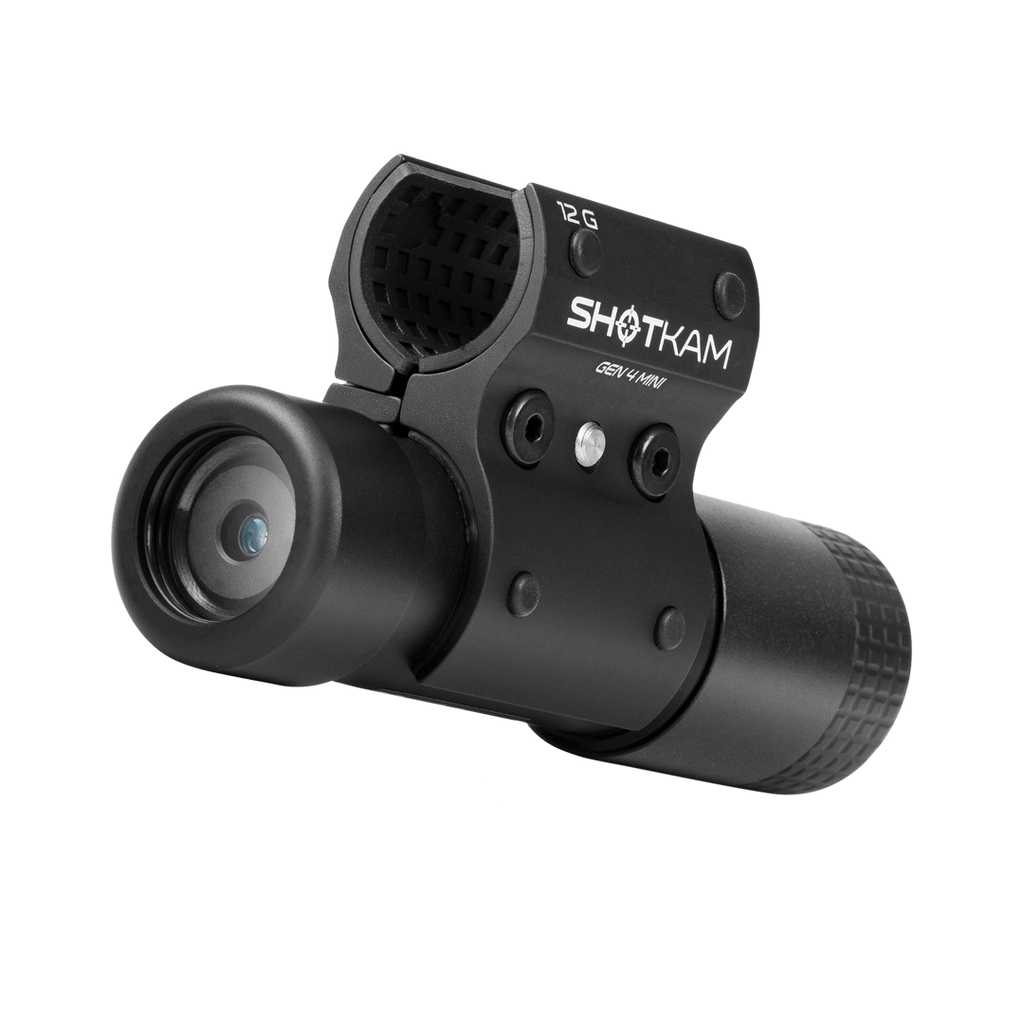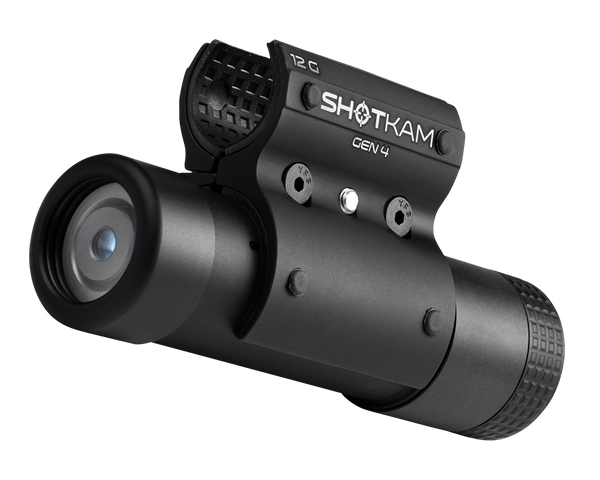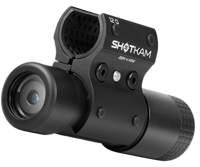Mastering Skeet Shooting: Tips and Techniques for Station 2
Introduction
As an avid skeet shooter, I (David Stewart, CEO) have spent countless hours perfecting my technique and honing my skills on the range. One station that has always posed unique challenges is station 2, with its high and low house targets. Over time, I've learned valuable insights and strategies that have significantly improved my performance. In this blog, I'll share my experience and offer valuable tips on mastering station 2, helping you become a more confident and accurate shooter.
Setting Up for Success
To start off strong, your foot positioning in the back left-hand corner of the box, with your hips facing the low house, is essential for every shot at station 2. It provides a stable foundation, allowing you to move fluidly and respond quickly to the clay targets.
The Hold-Point Matters
One common mistake shooters make when tackling high house 2 is setting their hold-point too high, obstructing their vision. To avoid this, maintain a hold-point level with the bottom of the window and about 20 feet out. By analyzing the ShotKam footage, you'll see the ideal move starting just beneath the clay, rising smoothly to meet the target line. Aim for this seamless transition in every shot.
Finding the Target
Locating the clay target efficiently is crucial to avoid excessive fast movement and saccadic eye movement. Instead of looking directly at the barrel, gaze softly slightly off to the left of it, then pull your attention towards the left trap house. Trust your peripheral vision to detect the clay as it emerges from the window.
Taking the Shot
With your foot position and hold-point established, confidence is key as you call for the bird. As the clay approaches, concentrate on the target and move with sustained lead. The ShotKam's crosshair represents the bead of your gun, so look for a steady mount and a smooth follow-through in your videos. The clay should always stay in the video frame.
Conquering Low House 2
For low house 2, the foot positioning remains the same as with the high house target: back left-hand corner of the box with hips facing the low house window. However, the hold-point shifts to approximately 10 feet out, level with the bottom of the window. This adjustment is critical to avoid obstructing your view with the barrel.
Similar to the high house, focus your gaze just off to the right of the barrel, towards the low house, to spot the emerging clay target promptly. Remember, a steady follow-through and sustained lead are essential for breaking the clay over the center stake confidently.
Mastering the Double
Shooting the double on station 2 requires finesse and timing. Resist the urge to rush your first shot. Begin with the same setup as the single shots, paying attention to foot positioning and hold-point for both high and low house targets.
Break the high house clay before or over the center stake, allowing the low house target to move to the center of the field. Take your time to ensure a solid follow-through with the high house shot before transitioning to the low house.
As you transition to the low house target, keep your gun mounted to your face and stay ahead of the clay. Focus solely on the target, employing a smooth move and follow-through.
Conclusion
Mastering station 2 in skeet shooting requires a combination of proper foot positioning, hold-point management, and target acquisition techniques. By analyzing ShotKam footage and focusing on sustained lead, you can significantly improve your performance on this challenging station. So, step onto the range with confidence, apply these tips, and enjoy the thrill of breaking those clays with precision and finesse! Happy shooting!
More Skeet Shooting Lessons
If you’re looking for more tutorials on mastering different stations in skeet shooting, check out our other blogs:
We have not created a video tutorial for stations 3 and 8 yet, but plan to in the future. Stay tuned for more updates and resources to help you improve your skeet shooting skills!
You are reading:



